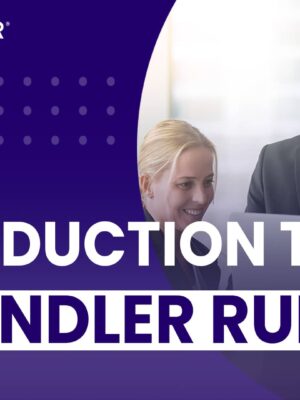Activity Based Planning Leads to More Consistent Results
Although the debate has been raging since someone first sold something to someone else, it is my personal belief that selling is both an art and a science.
To put it another way, a salesperson’s skills determine their level of artistry at selling, and their strategic planning provides a scientific platform for their sales activities.
One of the characteristics that make a salesperson successful is careful use of their selling time. Time is something that doesn’t stop, yet how it’s used affects performance – which can leverage the impact of sales activities.
To influence sales results you need to work on your sales activities. For example, all the sales activities you have undertaken in the past have produced your current results. So then logically, the sales activities you perform today will create your future results. Therefore, there is always a time delay between activities and results. Focusing on activities in a well-planned way naturally increases results.
The Sales Platform concept is a sophisticated process for analysing, planning, directing and monitoring the activities of salespeople.
TheSales Platform features three main elements:
1. Buying Platform – This comprises of existing customers who are purchasing from you on a one-off basis or a regular basis. This segment of the platform requires two strategic sales approaches:
• Sales actions that reduce the risk of losing customers (a proportion of customers are lost over time due to a variety of reasons)
• Sales actions that can generate incremental business from existing customers (it’s easier to get new business from existing customers compared to prospects)
2. The Working Platform – This comprises of prospects that have been visited, yet aren’t currently buying. This segment of this platform is extremely time intensive, yet is a crucial part of the development of an ideal customer base. The sales approach in this segment is to accelerate prospects through the pipeline until they become a customer.
3. The Market Platform – This comprises of leads that have not yet been qualified as prospects but have the potential to become customers. This segment of the platform is the vital preparation phase to replace lost customers and grow existing business in the longer term. The sales approach in this segment is to select the right type of opportunities that have the best potential to become prospects. Banks of qualified prospects can be built up, if appropriate – ready for a concerted attack on a targeted part of the marketplace.
In an ideal situation, and based on the market conditions, there should be a good balance between all three platforms.
Excess Buying Platform activity will constrain the growth of the business into those areas that are identified as the opportunities of the future. It is also a symptom that the organization has moved itself into a rut or a ‘comfort zone,’ that the communication of policy is poor, that management is not controlling the work, or that people lack the confidence to tackle new areas (or a combination of all of them).
Too much emphasis on the Market and Working Platforms is inefficient and will unnecessarily increase the cost of sales. Without a strong base of long-term customers, this will dramatically reduce the potential for growth, and could well lower the reputation of the organization.
In my experience, the quality of the planning phase significantly affects the quality of the final result …
Copyright © 2020 by Jonathan Farrington All rights reserved. No part of this publication may be reproduced, distributed, or transmitted in any form or by any means without permission of the author.








